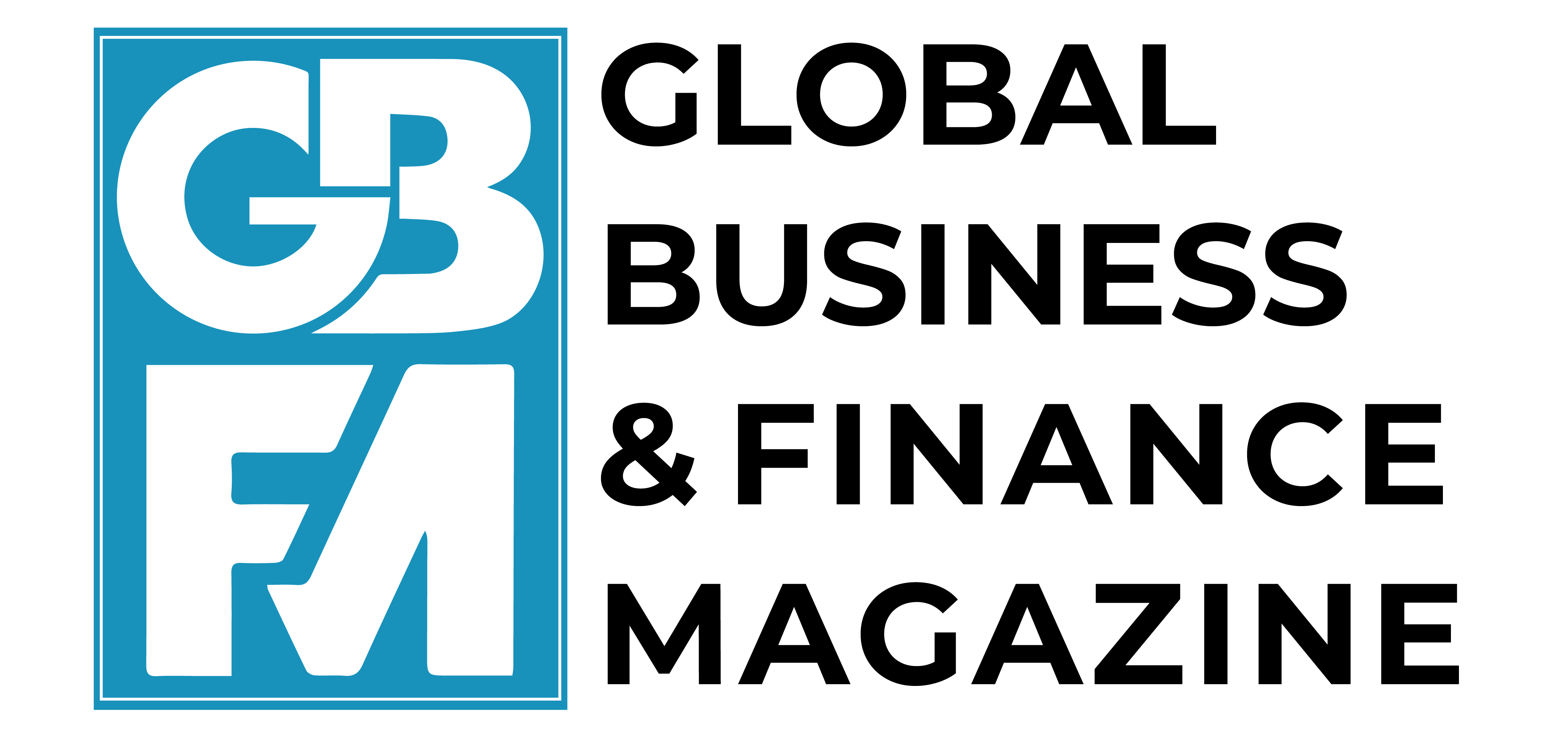Standard models of asset pricing assume that risky (safe) financial assets have higher returns because they have higher (lower) exposures to systematic risk factors. They also typically assume that these exposures to risk and the degree of co-movement across assets are the same in good times and bad times. Yet, there is ample evidence that stocks display very different properties in bull versus bear markets. This column proposes a novel pricing model of asset returns that allows explicitly for good and bad states of the world. The usefulness is illustrated with an empirical application to a broad cross-section of US stock portfolio returns.
Financial markets experience good and bad times. In good states of the world (bull markets) riskier assets are expected to provide high returns, as compensation for bearing systematic risk. Conversely, in bad states (bear markets) they typically disappoint by providing low returns. Pricing models explain the trade-off between risk and return in terms of exposures to risk (that differ across assets) and the risk premia associated with systematic risk factors (Cochrane 2009). These exposures to common risk factors, and the factors’ risk premia, can change across different states of the world. Several studies suggest that stock returns have a stronger tendency to move together in bad times than in good times – that is, the benefits of diversification are lower in bad times, when they are needed most. In turn, this suggests that the factor structure of asset returns may also change across different regimes.
Several contributions have explored the possible presence of time variation in risk exposures and/or the price of risk – Gagliardini et al. (2016) and Zaffaroni (2025) for theoretical contributions, and Ferson and Harvey (1991), Patton and Ramadorai (2013), and Colacito et al. (2020) for applications. As far as the presence and impact of different states of the world are concerned, numerous contributions have studied the so-called downside risk. In essence, this literature postulates the existence of a disappointment event, which triggers the change to a bad state of the world and a different pricing model for asset prices. Typically, this literature defines the disappointment event based on the value of the contemporaneous market return, compared against a pre-specified threshold value, for example a return on the aggregate stock market that is below -3% (see Ang et al. 2006a, Galsband 2012, Lettau et al. 2014, Farago and Tedongap 2018). Hence, existing models of downside risk: (a) assume that the state of the world is known within the model at the time when investors decide on prices and associated risk premia, and (b) assume a priori the threshold value rather than estimating it.
Theoretical framework for model with two states of the world
In a recent paper (Massacci et al. 2025), we propose a conditional asset pricing model of asset returns that allows for good and bad states of the world. Unlike the models considered in the literature referred to above, this model is conditional, in that the pricing of assets is based on the information set available to investors at the time prices are set. As a threshold variable that determines the state of the world, the model uses bear market risk. This is defined as the time variation in the ex-ante probability of future bear market states, i.e. states in which the market portfolio suffers a large loss (Lu and Murray 2019). This framework does not assume that the threshold value which triggers the state of the world is known a priori, and conversely proposes an estimation technique for it. Specifically, in each state of the world, the model employs a latent factor approach, which allows us to span the entire space of systematic risk factors. In essence, in each state of the world there is a set of common factors (common to all assets of interest) which determine the compensation for risks. Choosing which common, observable factors to employ is a notoriously hard problem, with the equally well-known risk of omitting one or more of them. To avoid a potential ‘omitted variables problem’, following the approach advocated by Giglio and Xiu (2021), one can specify the model in terms of latent factors, which can be extracted directly from the data on the asset returns. Then, in a subsequent step, it is straightforward to estimate the risk premia associated with observable common factors by relating (running a regression of) each observable common factor to (on) the latent common factors. Technically, this procedure ensures that no bias arising from the omission of relevant variables can pollute the estimation of risk premia, and the risk premia can be estimated conditionally in both good and bad states.
In essence, this novel modelling framework makes three theoretical contributions with respect to the extant literature in asset pricing. First, it develops a model where the state of the world is conditional within the model (i.e. the current state can be predicted based on information available up to the previous period). Second, it shows: (a) how to estimate the value of the threshold that triggers the switching from one state of the world to the other (generalising the theory in Massacci 2017), and (b) how to estimate the latent factor structures in both regimes, explicitly allowing for the case where the number of factors differs across regimes (generalising the theory in Trapani 2018). Third, the method allows the mapping of the latent factors estimated in each regime onto economically relevant, observable factors, to estimate the risk premium associated with any candidate risk factor, e.g. consumption growth or global volatility.
Empirical results: Pricing the cross section of US equity portfolio returns
In Massacci et al. (2025), we apply this methodology to study the factor structure of US equity portfolio returns. The mechanism that determines the state of the world is driven (through an indicator function) by the expectation of a bear market state, as embedded in the Arrow-Debreu (AD) portfolio proposed by Lu and Murray (2019). In particular, the price of the Arrow-Debreu Bear portfolio – which pays $1 when the market at expiration is in a bear state – is a forward-looking measure of the (risk-neutral) probability of future bear market states, and it is based on traded option prices on S&P 500 stocks. The Arrow-Debreu Bear portfolio return then reflects the change in this probability, i.e. bear market risk.
Using the Arrow-Debreu Bear excess return as the conditioning variable in the switching mechanism to predict whether the state of the world is good or bad entails that, as discussed above, the future state of the world is an expected state, with the expectation conditional on information available up to the current period. This methodology can be used to estimate the threshold of the Arrow-Debreu Bear portfolio excess return that drives the two states of the world, and then estimate the full conditional model, producing results both in- and out-of-sample.
In order to appreciate the importance of considering a conditional model, it is worth noting that, empirically on these US stock portfolio returns, an unconditional model performs poorly in both states of the world, with systematic pricing errors – predicting (much) higher returns than the realised ones in the bad state, and lower returns than the realised ones in the good state. This undesirable feature is compounded by the fact that the full sample performance of the unconditional model seems satisfactory at a cursory glance, but this is only an illusion due to the averaging across negative and positive pricing errors in different states. Such a pernicious problem is apparent in Figure 1 below, which reports the unconditional portfolio equity excess returns against average portfolio equity excess returns conditional on either good or bad states. Good and bad states are defined by partitioning the observations depending on whether the conditional expectation based on the Arrow-Debreu Bear portfolio excess return predicts a bear market or not next month. The graph makes it very clear how the unconditional model underestimates returns in good times and overestimates returns in bad times.
Figure 1 Conditional and unconditional realised excess returns for equity portfolios


Notes: The figure shows realised average excess returns in good (red dots) and bad (blue dots) states of the world against unconditional average returns.
In contrast, the conditional latent factor model with bear market risk appears to have no systematic tendency to generate positive or negative pricing errors in either regime, fitting the cross-section of equity returns used here very well, as shown in Figure 2. Indeed, a similar pattern is shown also when producing out-of-sample estimates.
Figure 2 Predicted and realised returns


Overall, the empirical analysis documents powerful effects of market crashes on asset pricing in equity markets and clearly speaks to the importance of considering a pricing model with two states of the world. The average pricing errors, both in- and out-of-sample, are one order of magnitude smaller for the conditional model relative to the unconditional model. As a further result, when estimating the latent factor structure in the two regimes, the evidence suggests that a larger number of common factors is needed in the good state of the world compared to the bad state, in order to capture the factor structure of returns. This finding is consistent with the widely held view, and much anecdotal evidence, that returns display a lower-dimensional factor structure in bad times than in good times – in turn, suggesting that diversification benefits diminish in bad times when they are needed most.
The risk premium in good and bad times
The methodology also allows the estimation of risk premia for both tradable and non-tradable factors, in both good and bad times. Consider, as an example of a non-tradable factor, the VIX index, a volatility risk indicator on which several derivatives contracts are priced and traded at the CBOE (Sentana 2016). Ang et al. (2006b) show that the change in the VIX (say ∆VIX) is a priced risk factor in US equity markets using conventional portfolio sorts and asset pricing methods. Interpreting ∆VIX as a proxy for aggregate volatility risk, they report a negative risk premium, which makes sense theoretically since volatility risk is a countercyclical factor: it is high (low) in bad (good) states of the world. Assets that are more negatively exposed to ∆VIX are riskier as they provide lower returns in bad times, and therefore investors require a risk premium (positive average excess return) for holding them. In contrast, assets that are less negatively (or positively) related to ∆VIX provide a hedge in bad times and therefore expensive, providing lower average excess returns. This also means that, while ∆VIX carries a negative risk premium unconditionally, it is expected to offer a more negative risk premium in good times, and a less negative (or even positive) risk premium in bad times.
Using the latent factors from the conditional model estimation, one can estimate the conditional risk premia for ∆VIX. Consistent with the above priors, in Massacci et al. (2025) we find that the risk premium in the good state of the world is -0.92% per annum and hence very close to the original estimate of approximately -1% per annum reported by Ang et al. (2006b) on a different US equity dataset. The estimated conditional risk premium in the bad state of the world is statistically zero. In essence, the conditional risk premia estimation allows us to quantify the excess returns that can be expected from exposure to a risk factor in good and bad states of the world, as identified by the bear market risk indicator. The risk premium over the full sample implied by these estimates (and weighting for the number of observations in the two states) is about -0.69% per annum. While this exercise is provided for the purpose of illustration, the same logic is applicable to any tradable or non-tradable factor, procyclical or countercyclical, in order to shed light on the variation in risk premia across good and bad states of the world.
Conclusions and further work
The research discussed in this column equips researchers with a novel, general methodology that allows modelling and pricing the cross section of asset returns in the presence of common factors and threshold effects, ascribed to bear market risk. The generality of these methods makes them potentially useful in many other related applications. For example, the conditional model could be naturally employed in various risk management contexts, to examine CoVaR or marginal expected shortfall, or to examine sudden stops in capital flows, to better understand how market crashes can co-arise through different economic structures.
Source : VOXeu



































































